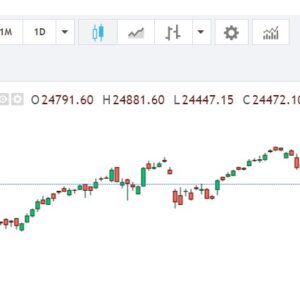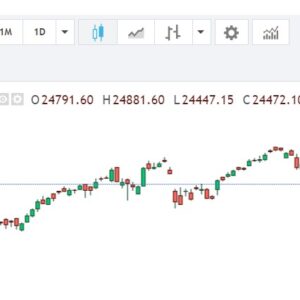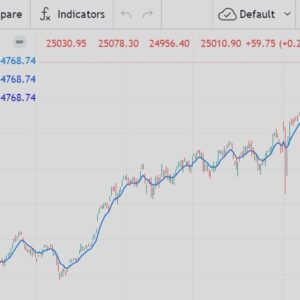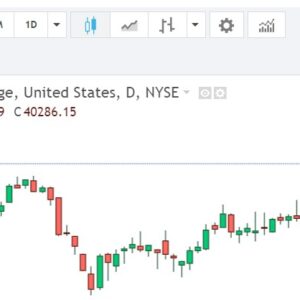Analysis of Asian Stock Market Performance on February 20th
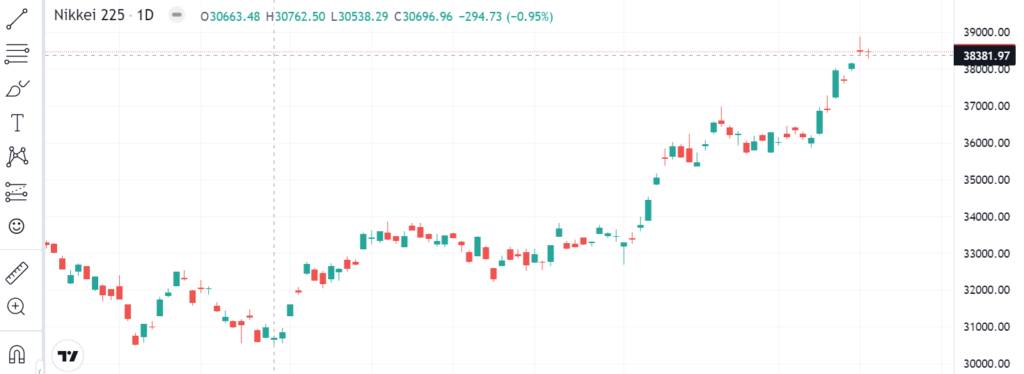
On February 20th, the Asian stock market exhibited a mixed bag of performances, with various indices experiencing divergent trends throughout the trading session. This day marked a crucial juncture for investors and analysts alike, as they closely monitored key indicators to gauge the overall health and direction of Asian equities.
One of the prominent indices in focus was the Nikkei 225, representing Japan’s premier stock exchange, the Tokyo Stock Exchange. The Nikkei 225 opened the day with moderate gains, driven by positive sentiments from global markets and domestic factors. However, as the trading session progressed, the index faced headwinds, primarily due to profit-taking activities and concerns over geopolitical tensions. Despite the initial optimism, the Nikkei 225 closed the day with marginal losses, reflecting the prevailing uncertainties in the market.
In contrast, the Shanghai Composite Index, which tracks the performance of stocks listed on the Shanghai Stock Exchange, painted a different picture. Buoyed by upbeat economic data and government stimulus measures, the Shanghai Composite Index started the day on a strong note, posting significant gains in early trading. Investor confidence was further bolstered by robust corporate earnings and positive sentiment surrounding China’s economic recovery. Consequently, the index ended the day with substantial gains, outperforming its regional counterparts and signaling resilience in the Chinese equities market.
Meanwhile, the Hang Seng Index, representing Hong Kong’s stock market, faced a volatile trading session on February 20th. The index oscillated between gains and losses throughout the day, reflecting investor concerns over escalating geopolitical tensions and regulatory uncertainties. Heightened regulatory scrutiny in sectors such as technology and finance weighed on investor sentiment, offsetting positive cues from global markets. Despite the choppy trading conditions, the Hang Seng Index managed to eke out modest gains by the end of the day, supported by bargain hunting and selective buying in certain sectors.
In Southeast Asia, the Straits Times Index (STI) in Singapore displayed a mixed performance on February 20th. The index opened the day on a positive note, tracking gains in regional peers and upbeat sentiment from global markets. However, concerns over domestic economic indicators and geopolitical developments tempered investor enthusiasm, leading to intra-day fluctuations in stock prices. By the close of trading, the STI posted marginal gains, reflecting the cautious optimism prevailing in the Singaporean equities market.
Overall, the analysis of the Asian stock market performance on February 20th underscores the complex interplay of domestic and international factors influencing investor sentiment and market dynamics. While some indices managed to register gains amidst favorable economic conditions and corporate earnings, others grappled with uncertainties stemming from geopolitical tensions and regulatory challenges. Moving forward, investors remain vigilant, navigating through evolving market conditions and seeking opportunities amid volatility.
On February 20th, the Asian stock market experienced a mix of fluctuations and stability, reflecting the intricate interplay of various factors influencing investor sentiment and market dynamics. Across different exchanges in the region, including the Tokyo Stock Exchange, Shanghai Stock Exchange, and Hong Kong Stock Exchange, market participants closely monitored key indices and individual stock performances for insights into regional economic trends and investment opportunities.
The Tokyo Stock Exchange, representing one of the largest equity markets in Asia, opened the trading session with cautious optimism. Throughout the day, the Nikkei 225 index, comprising Japan’s leading companies, exhibited volatility, responding to domestic economic data releases and global market developments. Blue-chip stocks such as Toyota, Sony, and SoftBank Group were among the notable movers, reflecting investor sentiment towards Japan’s economic outlook and corporate performance.
In China, the Shanghai Stock Exchange witnessed mixed trading patterns on February 20th. The Shanghai Composite Index, comprising a diverse array of Chinese stocks, fluctuated amid ongoing concerns over regulatory crackdowns and slowing economic growth. Companies in sectors such as technology, real estate, and consumer goods faced scrutiny from investors, leading to divergent stock price movements.
Meanwhile, the Hong Kong Stock Exchange navigated through a challenging trading day, influenced by both domestic and international factors. The Hang Seng Index, tracking the performance of Hong Kong-listed companies, experienced volatility amid uncertainties surrounding regulatory changes, geopolitical tensions, and global market volatility. Stocks in the financial, technology, and property sectors faced scrutiny, with investors adjusting their portfolios accordingly.
Across the broader Asian market, macroeconomic indicators and geopolitical developments played a significant role in shaping investor sentiment. Economic data releases, including GDP growth figures, inflation rates, and manufacturing activity reports, provided insights into the region’s economic health and prospects for recovery. Geopolitical tensions, such as trade disputes and geopolitical conflicts, also weighed on investor sentiment, contributing to market volatility and uncertainty.
In summary, the analysis of the Asian stock market performance on February 20th underscores the complexity and dynamism of regional financial markets. Despite facing challenges and uncertainties, investors continue to monitor key indices and individual stocks for potential opportunities and risks, guided by a combination of fundamental analysis, technical indicators, and market sentiment.


